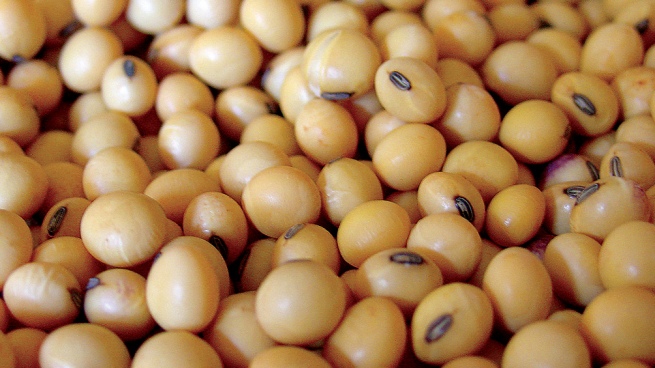
The export of organic products reached 143,000 tons last year, which meant an increase in volume of 11% year-on-year, according to data from the National Service for Agrifood Health and Quality (Senasa).
The main destination of sales was the United Statesmonopolizing 45% of the total exported, closely followed by the European Union with 38%.
The plant-based products with the highest volume exported were cane sugar, pears, soybeans, wine, apples, pear puree, wheat, blueberries and garlic.while among products of animal origin those from sheep activity stood out.
Senasa’s report entitled “Situation of Organic Production in Argentina during 2021”also revealed that last year the organic area harvested rose by 14% and reached 96,476 hectares in total, “sustaining the growth trend of the last 10 years.”
The region that increased its harvested area the most was Cuyo (+61%), while the provinces that did the most were Salta, Jujuy and Mendoza.
The sale of organic products has been increasing strongly in recent years globallyin line with the emergence of consumption associated with well-being and healthy living, an imprint that the pandemic accelerated.
In dialogue with Télamthe technician of the Ecological Production Area of Senasa, Diego Pinasco Güelvenzú, predicted a favorable scenario for this year in terms of local production and foreign sales, although he warned about the unknown impact that the war between Russia and Ukraine may have.
“Taking into account that our main destinations are the United States and secondly the European Union -led by countries like Germany and Holland- with the scenario of war, we have to see how the market reacts. But removing that noise, the prospects are good because the long-term trend has been growing and positive”.
With the aim of achieving more production, a greater number of producers and jobs, at the beginning of last year The Ministry of Agriculture, Livestock and Fisheries launched the “Strategic Plan for the Argentine Organic Production Sector 2030”.

“We seek to position organic production as a differentiated production model for production, both primary and industrial, based on environmental preservation, sustainability and sustainable development,” said former minister Luis Basterra on the day the plan was launched.
One of the objectives of the plan is to increase the number of producers and processors/processors. Regarding the number of establishments dedicated to organic production, the annual report prepared by Senasa counted 1,336 in 2021.
The initiative is also committed to increasing the volume, destinations and participation of exported organic products.
Along these lines, Pinasco Güelvenzú maintained that, in terms of exports, “there is much to be done” and considered that achieving regulatory equivalence with other countries could be a way to open more markets and obtain new business opportunities.
“At the time, Argentina made its equivalence with the European Union and that boosted local production”recalled Pinasco Güelvenzú.
Among the possible destinations to standardize regulations, the specialist mentioned Japan, Korea, the United States, some African countries and the Arab world.
In order to be marketed, organic products need to obtain a specific certification. In Argentina, last year 98% of the certified production was sold abroad.
However, many organics are marketed in the domestic market as conventional products, either due to lack of certification or the need to be sold before they expire or spoil, as is the case with some fresh products (fruits and vegetables).
In this way, the production of organic is greater than the total certified. Another challenge is to achieve a higher certification than the current one.


















